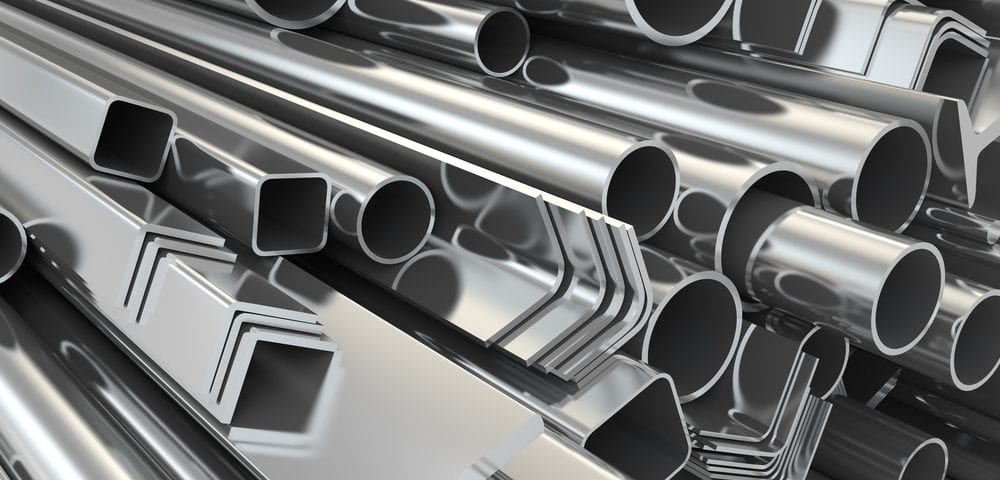Learning About the SAE Steel Grading System, Part 1

Understanding Structural Steel Alloys and Shape Basics, Part 2
January 3, 2020
Learning About the SAE Steel Grading System, Part 2
January 17, 2020When selecting steel products for any kind of project, large or small, one of the key elements to be aware of is the grade of steel being used. There are several specific steel grading standards found around the world, each of which have slightly different systems and metrics used for their own purposes.
At Wasatch Steel, we’ll help you understand the grade required for any steel tube, steel bar or other steel products you purchase from us based on your project needs. While several such grading systems do exist, the most commonly used in North America today is one known as the SAE steel grading system, which is actually a collaborative effort between two major groups. This two-part blog will go over the history behind the SAE grading system, plus some of the simpler categories and designations that are found within it.
History of the SAE System
As we noted, the steel world contains several different grading systems, often found in different countries or regions of the world. In the 1930s and 1940s, however, two groups – SAE International and the American Iron and Steel Institute (AISI) both undertook efforts to standardize a single numerical system that could be widely adopted throughout the industry, simplifying things for everyone.
These two companies were both working toward the same thing simultaneously, and eventually decided to combine their efforts. What resulted was the SAE system, a joint undertaking that was eventually turned over entirely to SAE in 1995 because none of AISI’s specifications were actually being utilized.
In today’s steel world, it’s common to see both SAE and AISI referenced within grading requirements, often in a slightly haphazard way. Certain shorthands may combine their lettering or numbering. There are other alloy numbering systems as well, such as the ASTM-SAE unified system, and these can be translated to using basic cross-referencing tables found throughout the industry.
One more basic note here: the AISI system uses a letter prefix to help users understand the kind of process used to make the steel. A “C” before a grade, for instance, signals an open-hearth furnace, electric arc furnace or oxygen furnace was used, while an “E” signals an electric arc furnace specifically. If you see an “L,” on the other hand, this means lead has been added as an ingredient.
Basic Carbon and Alloy Designations
Some of the simplest designations within the SAE system are for basic carbon and alloy steel. These designations are referenced using the first number in a four-digit sequence, with this number corresponding to the following types or alloys:
- 1xxx: Carbon steel
- 2xxx: Nickel steel
- 3xxx: Nickel-chromium steel
- 4xxx: Molybdenum steel
- 5xxx: Chromium steel
- 6xxx: Chromium-vanadium steel
- 7xxx: Tungsten steel
- 8xxx: Nickel-chromium-molybdenum steel
- 9xxx: Silicon-manganese steel
For more on the SAE steel grading system, or to learn about any of our steel products or steel services, speak to the staff at Wasatch Steel today.



